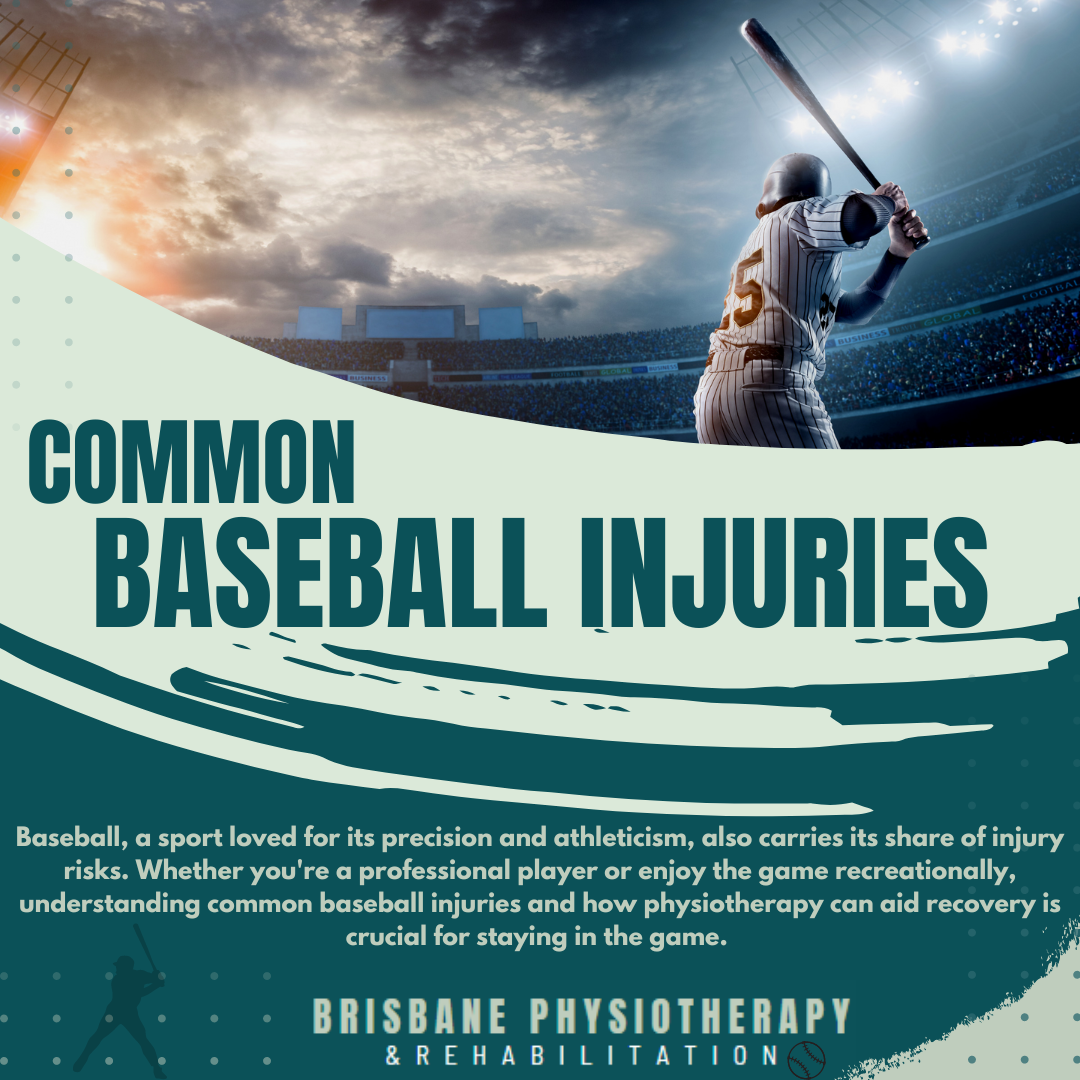
News & Articles

What is a Boutonniere Deformity
Boutonniere deformity is a hand condition that affects the fingers, characterised by a specific bending pattern where the middle joint (proximal interphalangeal joint) of the finger bends inward toward the palm, while the outermost joint (distal interphalangeal joint) bends outward. This deformity typically results from an injury to the extensor tendon, which runs along the back of the finger and is responsible for straightening it. Without proper treatment, Boutonniere deformity can lead to permanent finger deformity and impaired hand function. Physiotherapy is crucial in managing and treating this condition, helping patients regain hand function and prevent further complications.

Biceps Tears at the Shoulder and Physiotherapy Treatment
Biceps tears at the shoulder, also known as proximal biceps tendon tears, occur when the tendon that connects the biceps muscle to the shoulder becomes partially or completely torn. This injury often results from overuse, trauma, or degenerative changes, particularly in individuals engaged in repetitive overhead activities or heavy lifting. A biceps tear at the shoulder can cause pain, weakness, and a noticeable deformity in the upper arm, commonly referred to as a "Popeye" muscle. Physiotherapy is a key component in the rehabilitation process, helping patients regain strength, mobility, and function.

Anterior Cutaneous Nerve Entrapment Syndrome
Anterior Cutaneous Nerve Entrapment Syndrome (ACNES) is a condition where the anterior cutaneous nerves, which supply sensation to the abdominal wall, become compressed or irritated. This entrapment leads to chronic abdominal pain that can be sharp, burning, or aching in nature. ACNES is often misdiagnosed as other abdominal conditions due to its vague symptoms, but once correctly identified, it can be effectively treated. Physiotherapy plays a crucial role in managing and alleviating the pain associated with ACNES, helping patients regain their quality of life.

Anterior Cervical Discectomy
Anterior cervical discectomy (ACD) is a surgical procedure used to address issues related to the cervical spine, such as herniated discs, degenerative disc disease, or nerve compression. In this procedure, the surgeon removes the damaged or herniated disc through an incision in the front of the neck (anterior approach) to relieve pressure on the spinal cord or nerve roots. Sometimes, a fusion or artificial disc replacement follows the discectomy to stabilise the spine. While the surgery is effective in alleviating pain and neurological symptoms, post-operative physiotherapy is essential for a full recovery.

Ankle Fusion surgery
Ankle fusion, also known as ankle arthrodesis, is a surgical procedure often performed to relieve severe arthritis, correct deformities, or stabilise an unstable ankle. During the procedure, the bones in the ankle joint are fused together using screws, plates, or rods, eliminating the joint entirely. While this surgery can significantly reduce pain and improve stability, it also results in a loss of motion in the ankle. Consequently, the role of a physiotherapist is crucial in the rehabilitation process following an ankle fusion.

Ankle Replacement surgery ( Ankle Arthroplasty )
Ankle arthroplasty, also known as total ankle replacement, is a surgical procedure designed to replace a damaged or arthritic ankle joint with an artificial implant. This surgery is often recommended for individuals suffering from severe ankle arthritis, where other treatments have failed to relieve pain or restore function. Unlike ankle fusion, which eliminates movement in the joint, ankle arthroplasty aims to maintain or restore a more natural range of motion, making it a preferable option for many patients. However, the success of this surgery heavily depends on the post-operative rehabilitation process, where physiotherapy plays a crucial role.

ACL Reconstruction Surgery
Anterior cruciate ligament (ACL) reconstruction is a common surgical procedure performed to repair a torn ACL, a critical ligament in the knee that stabilises the joint during movement. ACL injuries are often caused by sports that involve sudden stops, changes in direction, or awkward landings. While the surgery itself is highly effective in restoring knee stability, the rehabilitation process is crucial to regaining full function and returning to pre-injury activity levels. Physiotherapy plays a vital role in this journey, guiding patients through a structured recovery program.

Common Injuries in Baseball
while baseball injuries are common, they need not keep players sidelined indefinitely. Physiotherapy offers comprehensive solutions to rehabilitate injuries effectively and restore players to their optimal performance levels. By combining advanced therapeutic techniques with tailored exercise regimens, physiotherapists play a crucial role in the recovery and prevention of injuries, ensuring baseball enthusiasts can continue to enjoy the game they love with confidence.

What is Occipital Neuralgia?
Occipital neuralgia is a debilitating condition characterised by intense, stabbing pain that originates in the upper neck or back of the head and radiates towards the scalp. This pain is caused by irritation or injury to the occipital nerves, which run from the top of the spinal cord to the scalp. At Brisbane Physiotherapy, we understand the profound impact occipital neuralgia can have on daily life and offer comprehensive treatments to help manage and alleviate symptoms.

What Are Hormonal Headaches?
Hormonal headaches typically occur in women just before or during their menstrual period, when oestrogen levels drop. These headaches can also be triggered by other hormonal changes, such as pregnancy, menopause, or oral contraceptive use. Symptoms often include a throbbing pain on one side of the head, nausea, vomiting, and sensitivity to light and sound. The intensity and frequency of hormonal headaches can vary, but they are often debilitating and can interfere with daily activities.